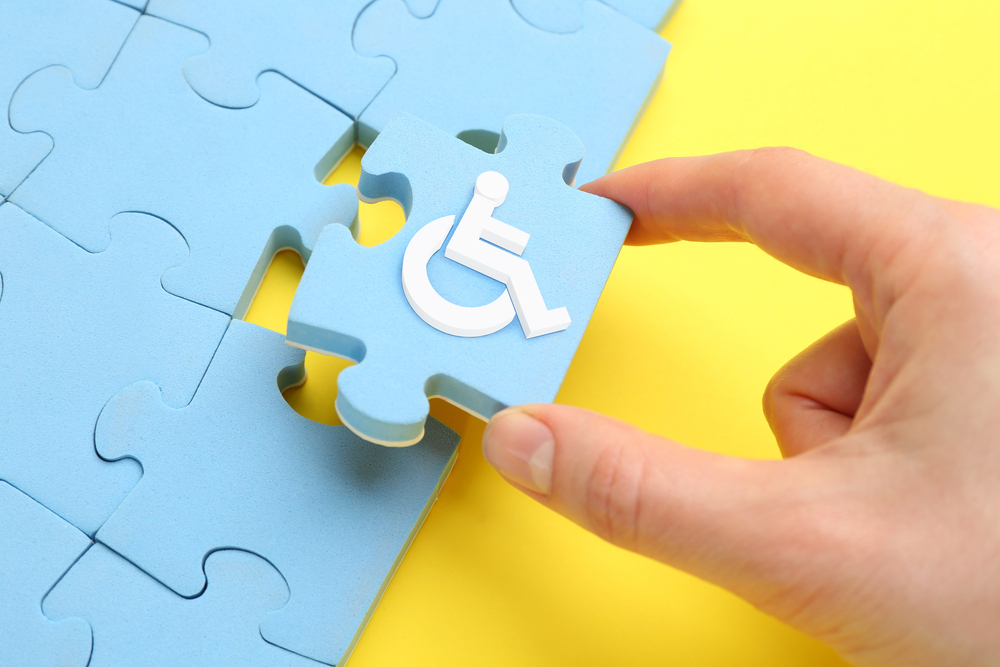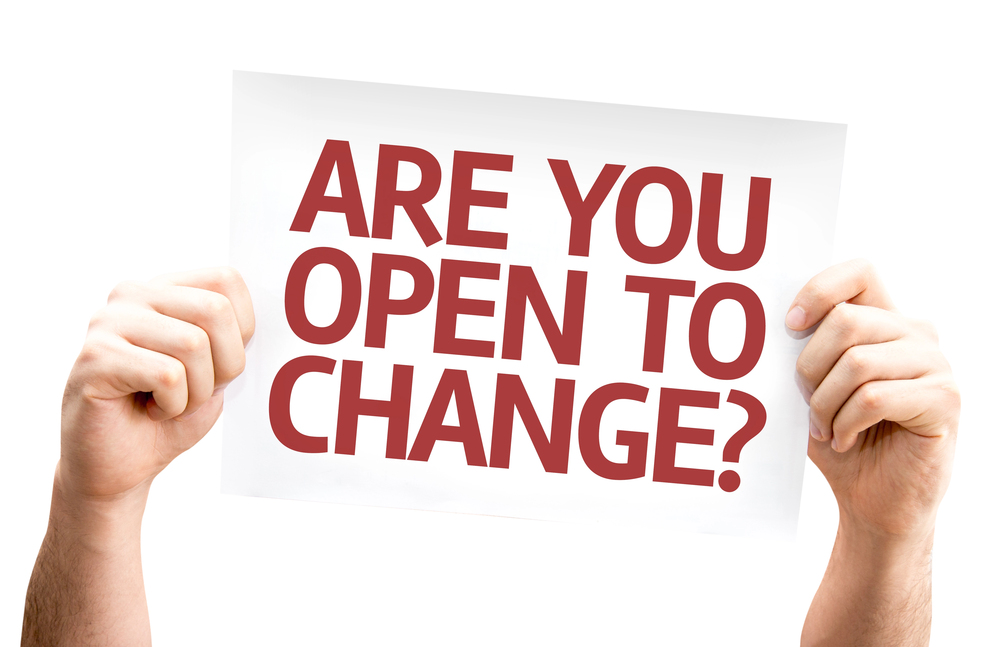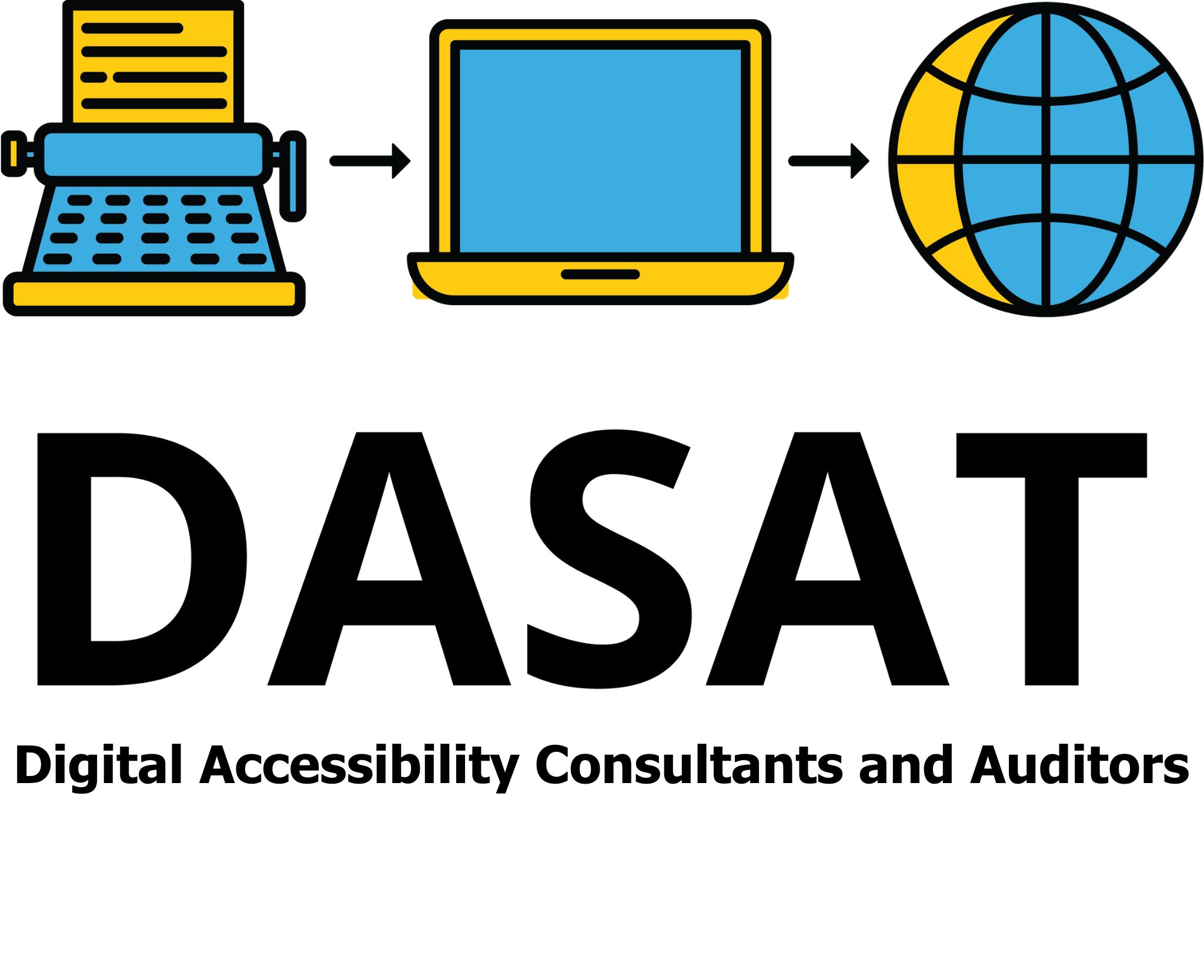
Break the Barriers, Improve Digital Accessibility. Why?
Digital accessibility ensures that everyone, including the elderly and people with disabilities, can access and use information in the digital world. The goal is to create digital environments that cater to everyone’s needs. That is they are inclusive. Despite legal frameworks like the Disability Discrimination Act 1992 mandating equal access, Australia faces several challenges in achieving comprehensive digital accessibility. (deque.com)

Understand the Barriers
There are a number of barriers to implementing digital accessibility. Here are some of the main ones:
- Lack of Awareness and Education: Many individuals and organisations are unaware of what digital accessibility covers. This knowledge gap leads to the creation of digital content such as websites and documents that are partially or completely inaccessible to people with disabilities. Developers and content creators do not have the knowledge and understanding which means that they may overlook essential accessibility features. This leads to, inadvertently excluding a significant portion of the population.
- Financial Constraints: Implementing digital accessibility measures can be perceived as costly, especially for small businesses and non-profit organisations. Budget limitations may result in prioritising other aspects over accessibility, delaying necessary improvements. However, investing in accessibility can broaden audience reach and enhance user experience for all.
- Misconceptions About Accessibility: Some believe that digital accessibility only benefits a small group, leading to a lack of priority. In reality, accessible design enhances usability for everyone, including people using mobile devices, older adults, and individuals with temporary impairments.
- Technical Challenges: Ensuring digital platforms meet accessibility standards requires technical expertise. Organisations may lack the necessary skills or resources to implement features like screen reader compatibility, keyboard navigation, and appropriate colour contrasts. This technical barrier can hinder progress towards full accessibility.(theguardian.com)

Break the Barriers
- Educate and train everyone by incorporating digital accessibility into educational curricula and professional development programs. Resources like DASAT offer guidance on implementing accessibility standards.
- Develop and enforce policies that mandate accessibility in digital content creation. Government standards, such as the Digital Accessibility Standard (AS EN 301 549:2024) provides the frameworks for inclusive digital experiences.
- Involve people with disabilities in the design and testing of digital platforms to ensure their needs are met. Their insights can lead to more effective and inclusive solutions.
- Use existing tools and services to assist in evaluating and improving digital accessibility. Organisations like KN Website Design and Atomic Web Strategy offer services to enhance website accessibility.

Embrace the Digital Accessibility Movement
The digital accessibility movement is gaining momentum in Australia, aiming to create an inclusive digital landscape for all. By addressing the barriers of awareness, funding, misconceptions, and technical challenges, we can make significant strides toward ensuring that everyone can access information regardless of ability.
For more information and resources on improving digital accessibility, visit DASAT.(dasat.com.au)
